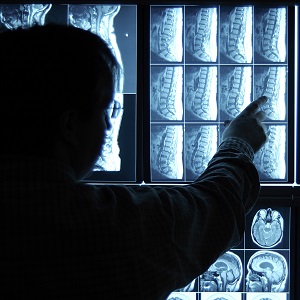Powered by MOMENTUM MEDIA
Powered by MOMENTUM MEDIA
Promoted by

A picture is worth a thousand words.


A picture is worth a thousand words.

IN COMPENSABLE radiology, errors, misinterpretation or coming to the wrong conclusion have an impact on the matter at hand. A review not only provides an overall opinion, but can shed light on any errors or misinterpretations that may have occurred.
Almost without exception, compensable matters involve imaging (X-rays, CT, ultrasound, bone scan, MRI, etc). These images are a snapshot in time. This sometimes greatly assists in such matters that require an assessment before and after an injury date.
Reviewing the initial imaging after an injury is particularly important. It can show: what has happened; whether something has been missed; what was present before the injury; or even that the patient was normal before the injury, a useful comparison with later imaging to assess progression.
Imaging is subject to interpretation as to what is seen. There is an error rate in all branches of medicine.
Fractures, particularly vertebral body fractures (because of their relationship to WPI), should always be reviewed because of normal variants simulating fracture, and because of over and under diagnosis of all ‘wedged’ vertebrae as fractures.
Many radiological findings go straight to the WPI bottom line. It is always helpful to cast an eye over these.
Radiologists can’t always be certain, but can put forward a ‘balance of probabilities’ argument if they have all the appropriate information.
The different radiology modalities have their strengths and weaknesses. For example, if a patellar fracture has been reported on an X-ray, and the MRI is normal within a short space of time, then it is extremely unlikely that there was a fracture in the first place. The experience and speciality of the radiologist is a key factor.
As we age, there are many abnormalities seen on imaging that are not relevant to symptoms. Most rotator cuff tears are not caused by single incident injury. Not all osteoarthritic joints hurt. Not all meniscal tears are post-traumatic. It can be difficult to tell whether the soft tissue abnormality has been caused by an injury or is degenerative in the older age group.
Summary:
5 tips for an eVective radiology review:
For more information on Australian Medico-Legal Group’s services, please visit our website www.ausmedlegal.com.au